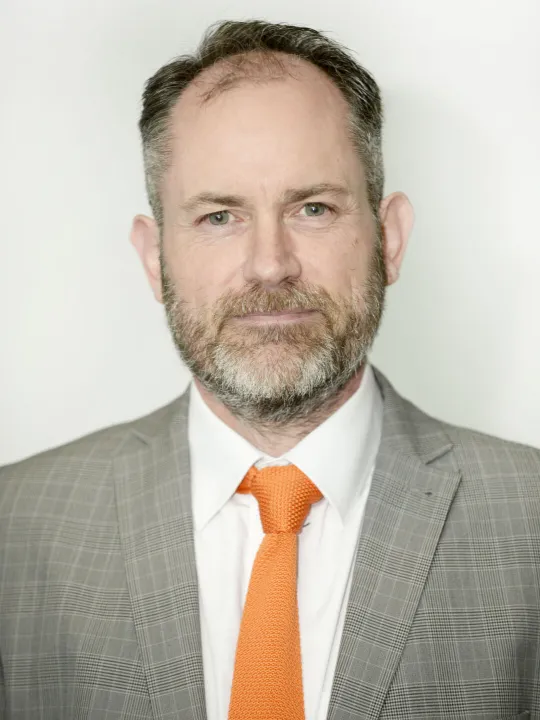A Positive Pathway
Over the years, Paul Smith, Director of Foundations, has seen private sector, systems-thinking approaches introduced into many Disabled Facilities Grant (DFG) systems. On the surface, these methods seem efficient – streamlining processes and delivering results quickly. But as time has gone on, he has become more concerned about their limitations
These approaches often reduce people to a list of needs and adaptations, missing the bigger picture of their lives. The result? A process that delivers functional but uninspired outcomes, with little room for genuine transformation.
Take Sue, for example. When she applied for a DFG, the outcome was a functional adaptation to her bathroom – a shower area, grab rails, and not much else. These changes addressed her immediate safety concerns, sure, but they didn't touch on the bigger challenges she faced: isolation, a loss of confidence, and a deep need to feel independent again.
"It felt like they were just checking boxes," she said. "No one asked me how I wanted to live."
Sue's experience highlights what happens when we prioritise speed and efficiency over truly understanding the individual.
This is why the recent Demos report, The Motivational State, really struck a chord with me. The report challenges the transactional, one-size-fits-all approach we've become so accustomed to in public services. Instead, it advocates for putting relationships, strengths, and aspirations at the heart of delivery. It has reinforced my belief that there's a better way – a way that sees the person, not just the problem, and places their goals and dreams at the centre.
Home Improvement Agencies (HIAs) and their caseworkers are already helping to deliver this vision. Unlike the private sector models I've observed, HIAs take a holistic view of people's lives. Their caseworkers don't just manage adaptations – they build relationships, understand aspirations, and act as advocates.
Imagine if Sue's caseworker had started by asking her, "What do you want your life to look like?" From there, they could have co-created a plan that addressed not just her bathroom but her whole life; perhaps by incorporating voice-activated technology to make daily tasks easier or connecting her with a local social group to help her feel less isolated.
The beauty of this approach is that it's not about spending more, it's about spending smarter. Addressing root needs upfront reduces inefficiencies and avoids costly follow-up visits or fixes. It ensures adaptations meet both immediate and long-term goals.
Caseworkers are the glue holding this all together, coordinating between contractors, service providers, and community groups to create a seamless process. This kind of proactive planning doesn't just save time and money, it also frees up capacity within public sector teams to support more people effectively.
When we fail to take this broader view, the consequences can be serious. If Sue's adaptation only addressed her physical safety without considering her emotional and social needs, it's likely to fail in the long run. She might continue to struggle with daily tasks, lose confidence, and become increasingly isolated. In the worst cases, this could lead to a decline in her health, requiring her to move into residential care.
This would not only be devastating for Sue but also a significant waste of the DFG investment, with additional costs for the public sector.
Collaboration is key to avoiding these outcomes. Local authorities, HIAs, contractors, and community organisations need to work together seamlessly. Charities like Age UK can offer befriending schemes to combat isolation, while partnerships with smart-home companies can provide solutions like remote-controlled heating or fall-detection systems. By bringing these services together, we can create a support network that empowers individuals to live fuller, more independent lives.
The Demos report has made me more convinced than ever that this approach isn't just possible; it's essential. It demonstrates how public services can move beyond transactional models to build meaningful relationships and focus on people's strengths and aspirations. Aligning DFG practices with these principles has the potential to deliver real, lasting change.
Consider Sue's journey in this newly imagined system. Rather than receiving a standard adaptation, she benefits from a thoughtfully tailored plan that makes her home accessible while helping her reconnect with her community. It restores her confidence and equips her with the tools to live more independently. This isn't just about delivering a better public service, it's about developing a smarter, more sustainable approach that genuinely meets individual needs.
Could this be the moment to use Disabled Facilities Grants as a true pathway for independence, dignity, and fulfilment?


